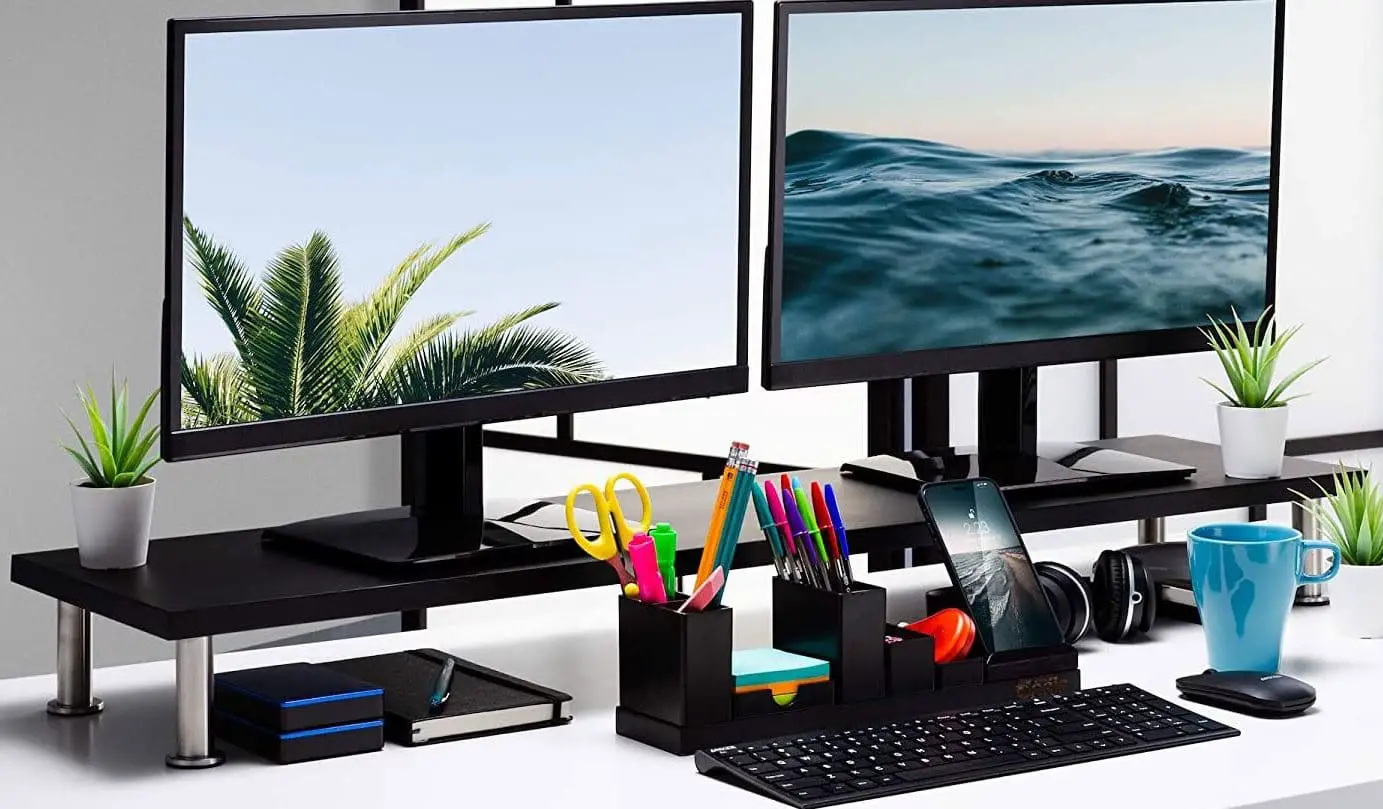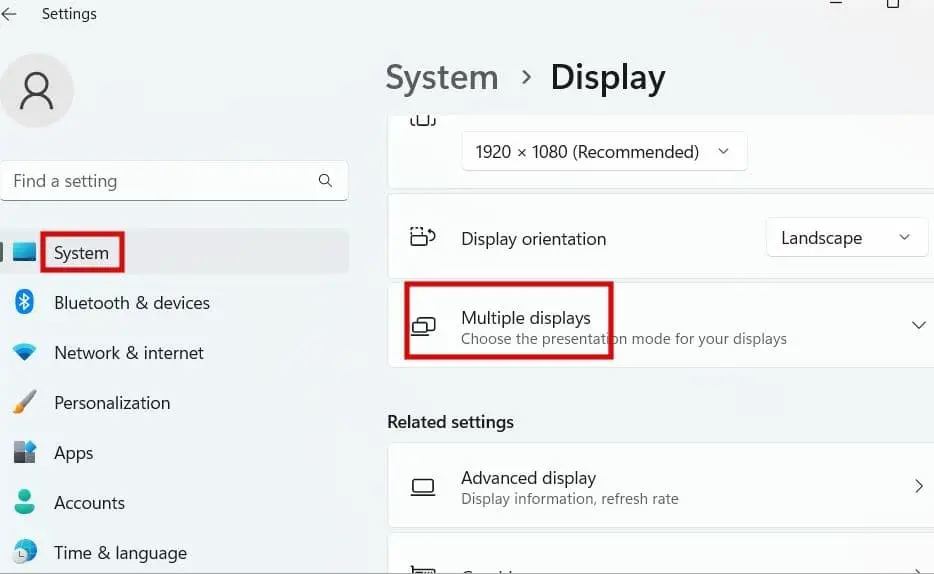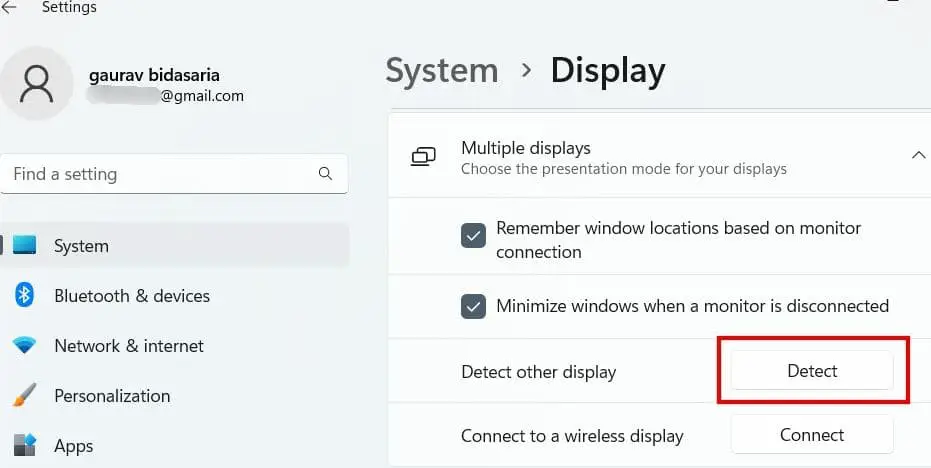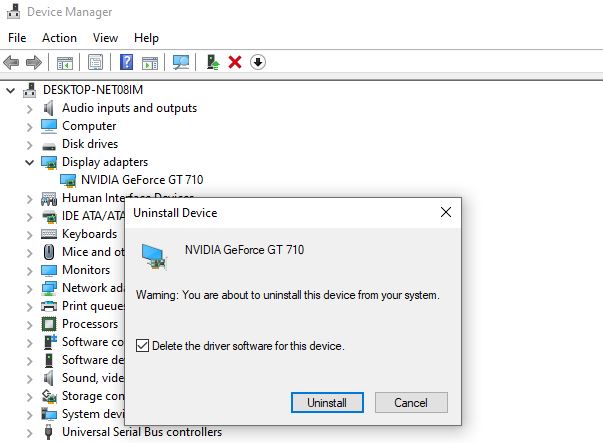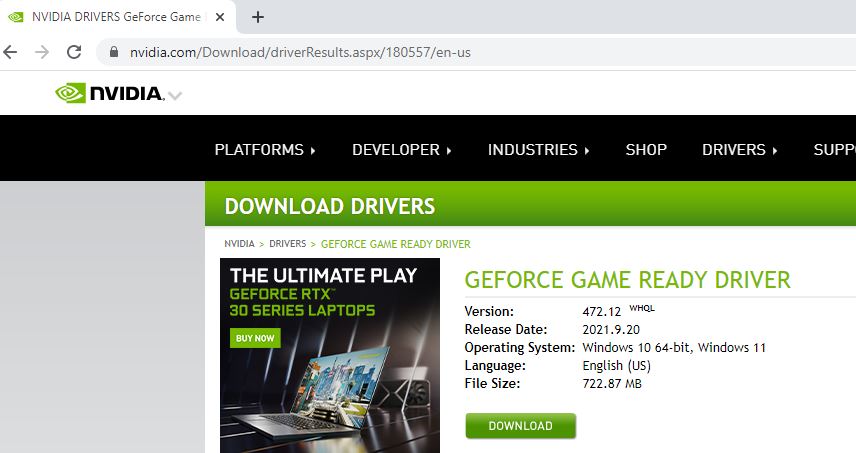Windows 11 supports multiple monitor setup allows expand the desktop canvas, helps enhance productivity and enjoy multitasking. And usually, when you connect an additional monitor, windows 11 automatically detect and displays the desktop screen of the computer. You can manage dual monitor using the Windows key + P on your keyboard or from the Settings app, click on System, then click on Display.
Overall Setting up the second monitor on Windows 11 is usually easy. However, sometimes you may run into issues where Windows 11 not detecting the second monitor or Windows 11 second monitor is detected but not displayed. Few users report Windows 11 won’t be able to detect the second monitor, or Windows 11 external monitor is not detected after sleep. If you are also experiencing this problem, here this article helps you fix the problem and enjoy dual monitor benefits on Windows 11.
Windows 11 second monitor not working
If you are unable to connect the second monitor, Outdated Graphics card driver can be the primary reason for this problem. Again The HDMI cable or port might be also responsible for Windows 11 not detecting the second monitor. No matter the reason behind the problem we have easy workarounds that can help fix the problem.
- You can quickly resolve this problem by updating the display driver/Graphics driver on your computer.
- In addition, Check the connection issue between your monitor and computer.
- You need to ensure Both of your Screens Have the Same Refresh Rate, and users report Changing the display frequency help fix the dual monitor not working problem on Windows 11.
- For a few users, uninstall and reinstall the latest graphics drivers help fix the problem and the second monitor starts working.
Check the connection
The first thing you need to check and ensure the second monitor is connected properly. Check the HDMI or VGA cable for loose connection, or damage. In addition, unplug any external devices from your computer since they may conflict with the machine
If the second display is not detecting, Restarting your PC is the easiest solution you must do. When you restart Windows 11, it will close the conflicting program that is running in the background, clear temporary glitches and refresh the operating and fix most of the common problems.
Well If the second monitor is not detected after sleep Open the command prompt as administrator and run the command powercfg -restoredefaultschemes. This will fix the problem on Windows 10 and Windows 11.
If the second monitor is detected but not displaying then press the Windows key + P and select the extend option. This will allow you to use the second monitor basically like a second desktop.
Detect the second monitor
It is possible that the second monitor is not detected in the Display settings, Let’s set up the second monitor on Windows 11 settings.
- Press Windows key + I to open the settings app
- Go to the system on the left-hand pane then click on Display
- Now on the right-hand side expand the multiple displays option,
- And next to the ‘Detect other display‘ section, you have to click on “Detect“.
- Windows 11 will detect the additional monitor for your setup.
Update Graphics card driver
An outdated Graphics card driver is one of the primary reasons why Windows 11 not detecting the second monitor. And you need to ensure or update the graphics card driver with the latest version to fix the problem and detect the additional monitor on Windows 11.
A driver is a piece of software that helps Windows communicate with your PC or laptop’s hardware, so it’s pretty fundamental.
- Press Windows key + X and select Device Manager,
- This will display a list of devices and peripherals connected to your computer,
- Locate and expand the display adapter, right-click on the graphics driver select the update driver option,
- Next, select the first option “search automatically for drivers” and follow the on-screen instructions.
- Let Windows install the necessary driver for your system, once done Reboot your PC and check if the second monitor is detected.
Same Refresh Rate on Both Monitors
The screen refresh rate is the number of times in a second that your screen refreshes the images on it. Monitors come with refresh rates from 60Hz to 500Hz. Most Graphics cards didn’t support different refresh rate at the same time, so if the screen refresh rate of your two monitors are different it may probably the reason why Windows 11 not detect the second monitor.
To resolve this, change the refresh rate of the second monitor to that of the first one.
- Press the Windows key + I to open the settings on your PC,
- Click on the Display tab under System settings
- Scroll down and click on the Advanced display option.
- Here from Select a display to view or change its settings tab, choose the display for which you want to change the frequency.
- Finally, from the Choose a refresh rate tab, select a refresh rate that both the displays support.
Reinstall Graphics Card
Still, the second monitor is not detected on Windows 11, Most of the time graphics card driver is responsible for this. And you need to Reinstall the Graphics Card driver with the latest version that not only fixes the bug second monitor not detecting but also optimizes system performance.
- Press Windows key + S, search for and open the device manager
- Expand the display adapters option, right-click on the installed graphics driver select the uninstall option,
- click uninstall again when it prompts for confirmation, and reboot your computer.
Now download the latest graphics card driver from the manufacturer’s official site
- For example, visit the Nvidia support site here for the latest NVIDIA graphics card driver,
- Right-click on the setup file and select run as administrator,
- Accept the terms and conditions and follow the on-screen instructions to install the graphics driver.
- Once done close the installer window and restart your computer. now check if the problem is resolved.
The second Monitor is Not Detected After Sleep
- Run the power troubleshooter from settings, troubleshoot -> other troubleshooters -> power then Run. That automatically detects and fixes the problems and prevents the second monitor to wake up after sleep.
- Restart Graphics Driver by pressing Windows key+Ctrl+Shift+B on your keyboard, the primary monitor will flicker for a second and the second monitor should wake up now
- Disable Link State Power Management from power plan settings. PCI Express > Link State Power Management and select Off for both On battery and Plugged in.
- You need to allow input devices like the mouse and keyboard to Wake Up the Computer. Open the device manager, expand mice and other pointing devices, right-click on mouse select properties, and Move to power Power Management tab. Check Allow this device to wake the computer. Save all changes. Repeat the same process for the Keyboard and from now onwards when you press your keyboard or move the mouse windows should wake up.
Also read:
- Solved: Minecraft won’t launch or stuck on the loading screen
- 7 Tips to secure web browsing experience on Windows 11
- 10 ways to Speed up Firefox Browser and Make it faster than ever
- Solved: Print Spooler keeps stopping Not Running on Windows 10
- Microsoft Store Missing after Windows 11 update? Here is how to Get it back
